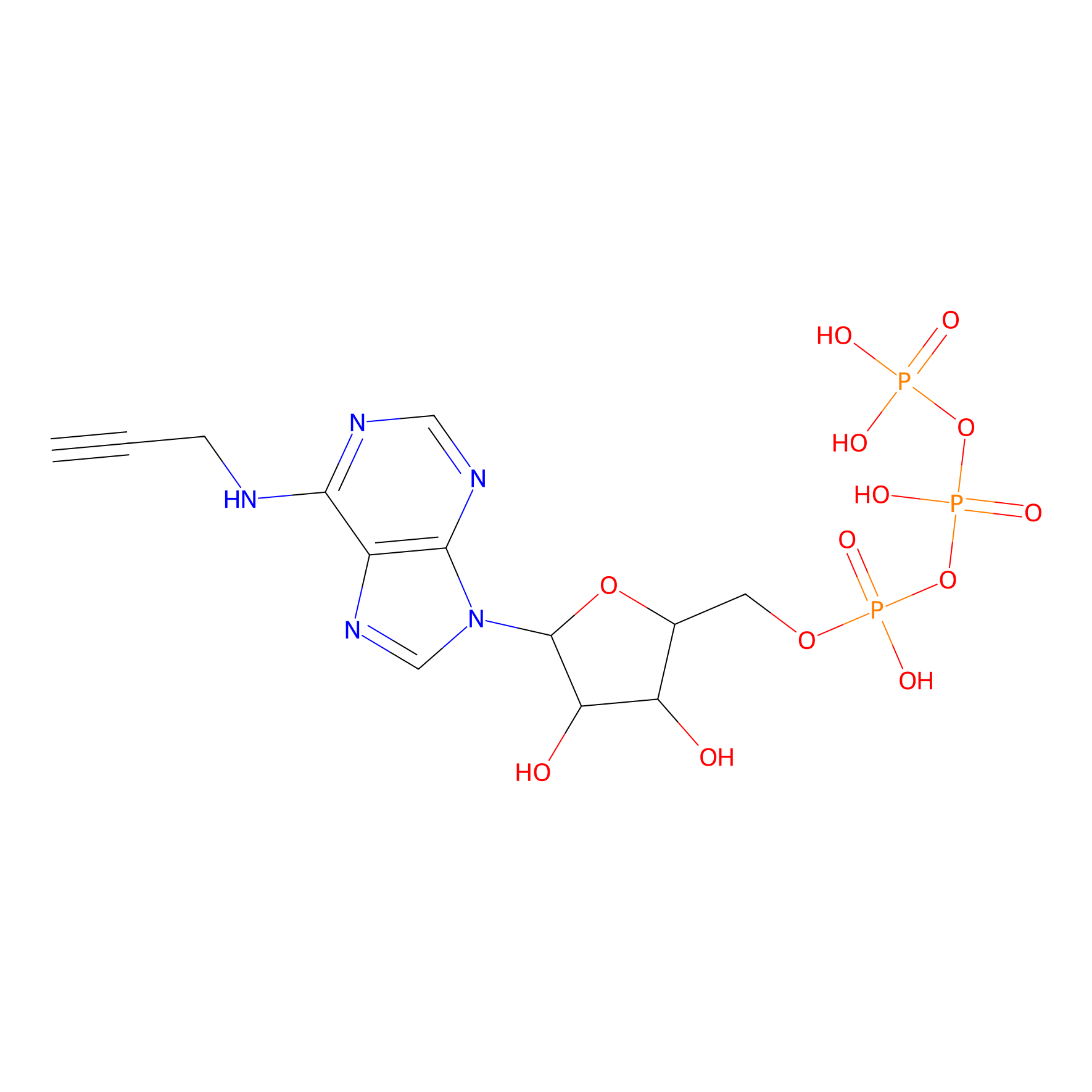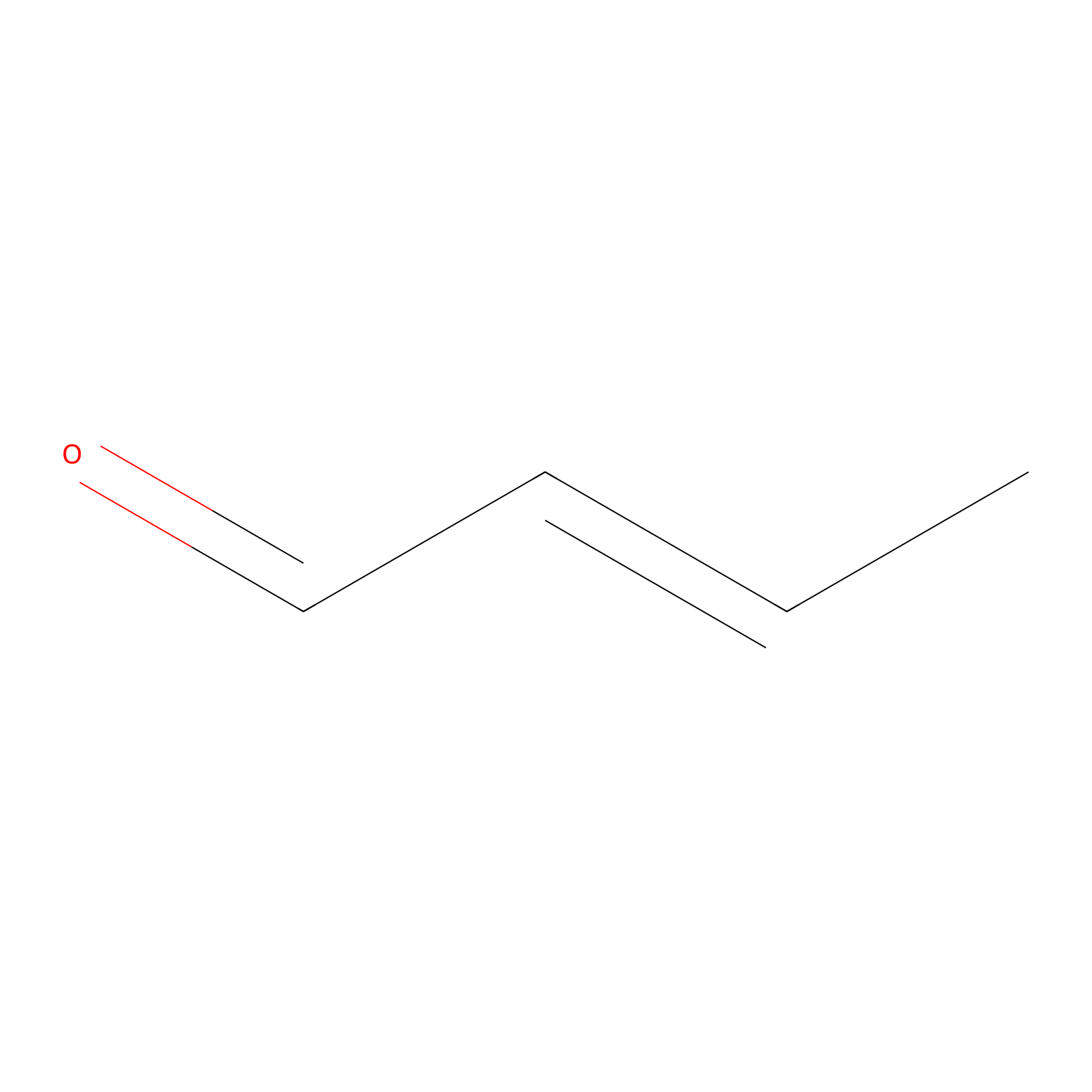Details of the Target
General Information of Target
| Target ID | LDTP01111 | |||||
|---|---|---|---|---|---|---|
| Target Name | Glycosaminoglycan xylosylkinase (FAM20B) | |||||
| Gene Name | FAM20B | |||||
| Gene ID | 9917 | |||||
| Synonyms |
KIAA0475; Glycosaminoglycan xylosylkinase; EC 2.7.1.-; Xylose kinase |
|||||
| 3D Structure | ||||||
| Sequence |
MKLKQRVVLLAILLVIFIFTKVFLIDNLDTSAANREDQRAFHRMMTGLRVELAPKLDHTL
QSPWEIAAQWVVPREVYPEETPELGAVMHAMATKKIIKADVGYKGTQLKALLILEGGQKV VFKPKRYSRDHVVEGEPYAGYDRHNAEVAAFHLDRILGFHRAPLVVGRFVNLRTEIKPVA TEQLLSTFLTVGNNTCFYGKCYYCRETEPACADGDIMEGSVTLWLPDVWPLQKHRHPWGR TYREGKLARWEYDESYCDAVKKTSPYDSGPRLLDIIDTAVFDYLIGNADRHHYESFQDDE GASMLILLDNAKSFGNPSLDERSILAPLYQCCIIRVSTWNRLNYLKNGVLKSALKSAMAH DPISPVLSDPHLDAVDQRLLSVLATVKQCTDQFGMDTVLVEDRMPLSHL |
|||||
| Target Bioclass |
Enzyme
|
|||||
| Family |
FAM20 family
|
|||||
| Subcellular location |
Golgi apparatus membrane
|
|||||
| Function |
Responsible for the 2-O-phosphorylation of xylose in the glycosaminoglycan-protein linkage region of proteoglycans thereby regulating the amount of mature GAG chains. Sulfated glycosaminoglycans (GAGs), including heparan sulfate and chondroitin sulfate, are synthesized on the so-called common GAG-protein linkage region (GlcUAbeta1-3Galbeta1-3Galbeta1-4Xylbeta1-O-Ser) of core proteins, which is formed by the stepwise addition of monosaccharide residues by the respective specific glycosyltransferases. Xylose 2-O-phosphorylation may influence the catalytic activity of B3GAT3 (GlcAT-I) which completes the precursor tetrasaccharide of GAG-protein linkage regions on which the repeating disaccharide region is synthesized.
|
|||||
| Uniprot ID | ||||||
| Ensemble ID | ||||||
| HGNC ID | ||||||
Probe(s) Labeling This Target
ABPP Probe
| Probe name | Structure | Binding Site(Ratio) | Interaction ID | Ref | |
|---|---|---|---|---|---|
|
Acrolein Probe Info |
 |
H131(0.00); H408(0.00) | LDD0227 | [1] | |
|
DBIA Probe Info |
 |
C211(0.78) | LDD1571 | [2] | |
|
IA-alkyne Probe Info |
 |
N.A. | LDD0165 | [3] | |
|
ATP probe Probe Info |
 |
N.A. | LDD0035 | [4] | |
|
Crotonaldehyde Probe Info |
 |
N.A. | LDD0219 | [1] | |
Competitor(s) Related to This Target
| Competitor ID | Name | Cell line | Binding Site(Ratio) | Interaction ID | Ref |
|---|---|---|---|---|---|
| LDCM0367 | CL1 | HEK-293T | C211(0.78) | LDD1571 | [2] |
| LDCM0370 | CL101 | HEK-293T | C211(0.95) | LDD1574 | [2] |
| LDCM0371 | CL102 | HEK-293T | C211(1.07) | LDD1575 | [2] |
| LDCM0374 | CL105 | HEK-293T | C211(0.72) | LDD1578 | [2] |
| LDCM0375 | CL106 | HEK-293T | C211(0.78) | LDD1579 | [2] |
| LDCM0378 | CL109 | HEK-293T | C211(0.80) | LDD1582 | [2] |
| LDCM0380 | CL110 | HEK-293T | C211(0.92) | LDD1584 | [2] |
| LDCM0383 | CL113 | HEK-293T | C211(0.99) | LDD1587 | [2] |
| LDCM0384 | CL114 | HEK-293T | C211(0.91) | LDD1588 | [2] |
| LDCM0387 | CL117 | HEK-293T | C211(0.88) | LDD1591 | [2] |
| LDCM0388 | CL118 | HEK-293T | C211(0.79) | LDD1592 | [2] |
| LDCM0392 | CL121 | HEK-293T | C211(0.89) | LDD1596 | [2] |
| LDCM0393 | CL122 | HEK-293T | C211(0.73) | LDD1597 | [2] |
| LDCM0396 | CL125 | HEK-293T | C211(0.72) | LDD1600 | [2] |
| LDCM0397 | CL126 | HEK-293T | C211(1.02) | LDD1601 | [2] |
| LDCM0400 | CL13 | HEK-293T | C211(0.92) | LDD1604 | [2] |
| LDCM0401 | CL14 | HEK-293T | C211(1.13) | LDD1605 | [2] |
| LDCM0407 | CL2 | HEK-293T | C211(0.96) | LDD1611 | [2] |
| LDCM0413 | CL25 | HEK-293T | C211(1.37) | LDD1617 | [2] |
| LDCM0414 | CL26 | HEK-293T | C211(0.89) | LDD1618 | [2] |
| LDCM0426 | CL37 | HEK-293T | C211(1.04) | LDD1630 | [2] |
| LDCM0439 | CL49 | HEK-293T | C211(0.95) | LDD1643 | [2] |
| LDCM0441 | CL50 | HEK-293T | C211(1.24) | LDD1645 | [2] |
| LDCM0453 | CL61 | HEK-293T | C211(0.81) | LDD1656 | [2] |
| LDCM0454 | CL62 | HEK-293T | C211(0.91) | LDD1657 | [2] |
| LDCM0466 | CL73 | HEK-293T | C211(0.85) | LDD1669 | [2] |
| LDCM0467 | CL74 | HEK-293T | C211(0.94) | LDD1670 | [2] |
| LDCM0479 | CL85 | HEK-293T | C211(1.04) | LDD1682 | [2] |
| LDCM0480 | CL86 | HEK-293T | C211(1.06) | LDD1683 | [2] |
| LDCM0492 | CL97 | HEK-293T | C211(0.89) | LDD1695 | [2] |
| LDCM0493 | CL98 | HEK-293T | C211(0.81) | LDD1696 | [2] |
| LDCM0427 | Fragment51 | HEK-293T | C211(1.11) | LDD1631 | [2] |
| LDCM0109 | NEM | HeLa | H131(0.00); H408(0.00) | LDD0227 | [1] |
The Interaction Atlas With This Target
The Protein(s) Related To This Target
Transporter and channel
GPCR
Other
References
